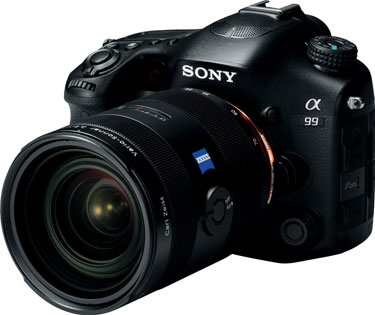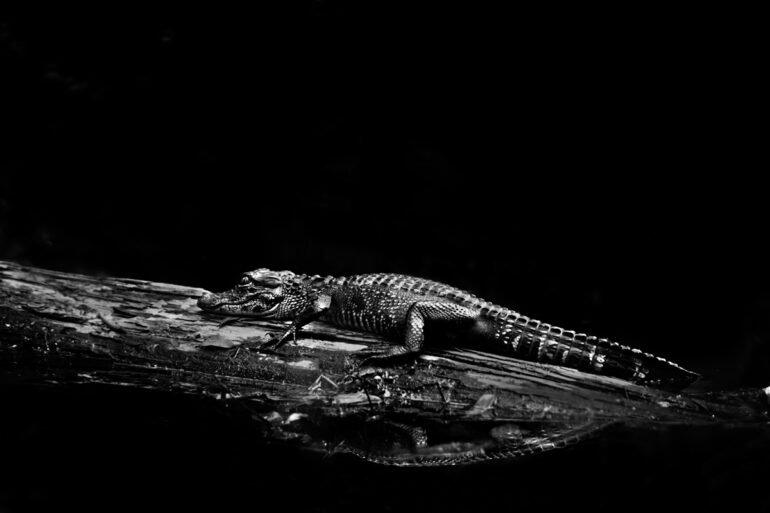We may earn a commission when you purchase through affiliate links. Learn more.
While I’m a big fan of the idea that it’s not the gear that makes a good photographer, wildlife photography is one of those select few genres of photography where having the right gear really is essential to getting great photos. Good wildlife photos can be taken with advanced compact cameras and superzoom cameras, but the larger sensors and interchangeable lenses of DSLR cameras make them the current ideal for nearly all professionals. Because wildlife is often photographed from a distance, being able to choose a lens of appropriate focal length is very useful. Mirrorless camera systems are quickly catching up to DSLR cameras in image quality, but many of the mirrorless systems don’t yet have ultra-long telephoto lenses available.

Wildlife photography often takes us into some pretty harsh environments, so not every camera is well-suited for the challenges that trekking through nature can bring. Important criteria that wildlife photographers look for in a camera include high ISO performance, AF (AutoFocus) speed and accuracy, continuous shooting rate, and camera ruggedness and weather-sealing. While just about any interchangeable lens camera can take a fantastic photo of an animal that’s standing still, not every camera can focus quickly on an animal running or flying quickly. The burst rate of a camera is important to many wildlife photographers who photograph birds in flight or running animals — capturing multiple photos in a single second increase the chances of getting a photo where the bird’s wings or animal’s legs are in just the right position.

When deciding which camera system to invest in for wildlife photography, it’s important to research the compatible lenses. If you want to photograph rare birds from hundreds of feet away, you’ll need a very long telephoto lens, something that not every brand offers in their lens lineup. Because many species of wildlife are most active around dawn and dusk, it’s important to use a fast lens and a camera with high ISO performance. Canon and Nikon dominate the market for professional level cameras used by wildlife photographers, with the Nikon D4s and Canon EOS-1DX being the top of the line models which offer impressive high ISO performance, great AF systems, and incredibly fast burst speeds and large buffers that make it easy to capture sequences of wildlife in action.

These professional DSLR cameras pack some amazing features into their weather sealed bodies, but they come with a hefty price tag that can be tough to justify for many photographers. With their full frame sensors, especially long lenses need to be used for wildlife photography, adding even more money to the cost of these professional DSLR systems. If you can’t justify spending as much money on a professional level camera and lenses as you would on a car, there are still plenty of options for the wildlife photographer that are a bit more budget friendly.
At a slightly lower price point, but still with full frame sensors are the Canon 5D III, Nikon 610, and Sony A99. These cameras offer quick burst rates and great image quality, but will still need ultra-long telephoto lenses to fill the large full-frame sensor with distant wildlife action. DSLR cameras with APS-C size sensors are even more affordable options for wildlife photographers, and the crop sensor increases the equivalent focal length of a lens, making it easier to fill your frames with wildlife. Cameras like the Canon 7D, Nikon D800, Nikon D7100, Sony A77, Pentax K3, and Pentax K-5 IIs are all excellent DSLR cameras that can take great wildlife photos.
Even these high-end crop sensor cameras can still be too expensive for many people who would like to explore wildlife photography without taking out a new credit card. While the autofocus systems are less advanced and the burst rates are generally lower, any of the cameras found in our buying guide to entry level DSLR cameras like the Canon T5i or Nikon D5100 can be used for wildlife photography. Paired with a good telephoto lens, any DSLR can capture great wildlife action shots. If you’re a complete newcomer to photography, I’d recommend going with one of these more affordable cameras that will let you explore all of the basics of photography without breaking the bank. While cameras quickly become outdated as new models are released constantly, good lenses last for years and are a great investment in your photography.

